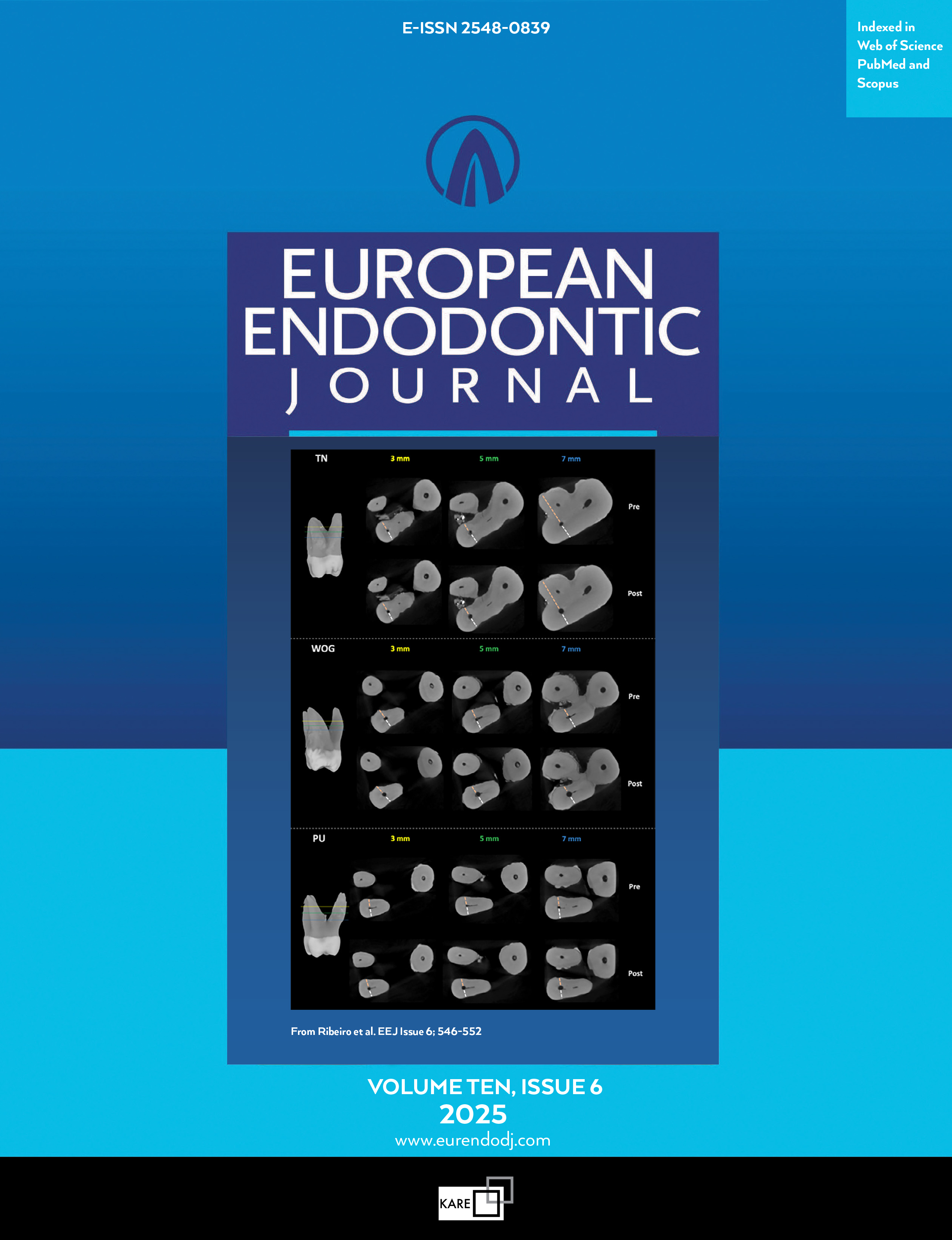Metrics
2024 IMPACT FACTOR
5 year Impact Factor
Eigenfactor Score
2024 CiteScore
Journal Citation Reports
(Clarivate 2025, JIF Rank)
Evaluation of Wall Shear Stress and Ex Vivo Smear Layer Removal Using Positive and Negative Pressure Irrigation Techniques
Wan NurFarhana Wan Abdul Rahman1, Nurul Ain Ramlan1, Ahmad Hussein Abdul Hamid2, Nik Zarina Nik Mahmood31Centre of Comprehensive Care Studies, Faculty of Dentistry, University Teknologi MARA, Malaysia2Faculty of Mechanical Engineering, University Teknologi MARA, Malaysia, Faculty of Dentistry, Segi University, Malaysia
3Faculty of Dentistry, Segi University, Malaysia
Objective: This study aimed to evaluate the wall shear stress (WSS) and smear layer (SL) removal between EndoVac, modified apical negative pressure (mANP)- a novel system, and side-vented (SV) positive pressure irrigation techniques.
Methods: (Phase 1): A simulated 3-dimensional (3D) root canal model and three types of needles (EndoVac, mANP, and SV-positive pressure) were simulated. Model parameters and computer solution were set to analyse the WSS magnitude and pattern using computational fluid dynamics (CFD). (Phase 2): 60 single-rooted extracted permanent lower premolars were decoronated (15.0mm) for standardisation. All samples were root canal prepared up to F4 Protaper size before being randomly divided into three groups according to the final irrigation protocols: Group 1 (EndoVac), Group 2 (mANP), and Group 3 (SV). The samples were vertically split into half and observed under scanning electron microscope (SEM). The SEM evaluation was compared using Fisher's exact test with the level of significance set at 0.05.
Results: CFD analysis revealed that different irrigation systems and needle designs affect the WSS pattern and magnitude. The mANP showed the highest average WSS (11.06 Pa) compared to SV (10.72 Pa) and EndoVac (10.48 Pa). For SEM evaluation, the mANP demonstrated superior SL removal compared to the other groups. There were significant differences between the three groups in SL removal using Fisher's exact test.
Conclusion: The mANP revealed the highest average WSS magnitude and the cleanest SL removal compared to the EndoVac and SV positive pressure technique. Thus, this proves, there is a direct correlation between average WSS magnitude and SL removal.(EEJ-2025-05-084)
Keywords: Computational fluid dynamics, negative pressure, positive pressure, smear layer, wall shear stress
Manuscript Language: English
(126 downloaded)



